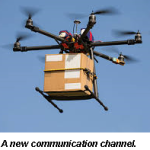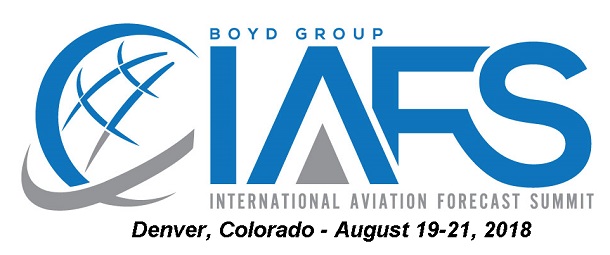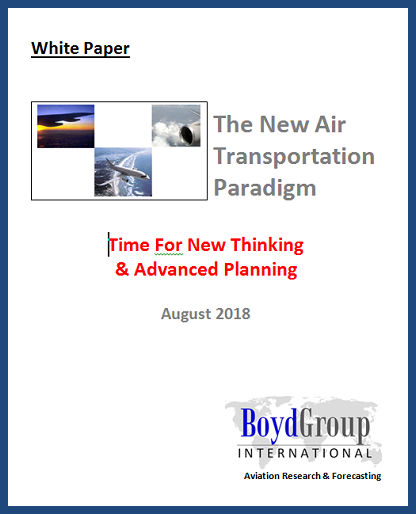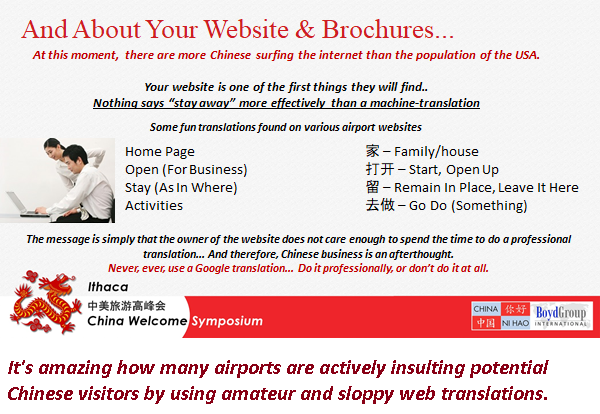July 23, 2018
But before we start this week, an update on the #1 Aviation Forecast Event in 2018
Networking…
It’s important in business, especially aviation. That’s why you need to be at the IAFS… take a look at the array of participants. You’ll hear about the future from the aviation executives that are crafting new strategies and tactics in a whole new aviation system.
And beyond these, we’ll be having over 70 airline staff – from VPs to market planners – at the Summit. At our exceptional social events, as well as throughout the Summit, you’ll have access to the people who are shaping the future.
Pre-Summit Optional Workshops -Take a look at the Workshops offered on Sunday afternoon August 19 – there are more data and planning information here than at other events in their entirety!
So, click here to register and join the #1 aviation event of the year.
____________________
July 16 Update
US Travel & Tourism Industry Leadership:
Confusing Facts With Political Jive
Last week, we covered the misinformation that’s been spouted from some in the travel industry regarding security-focused travel restrictions.
We pointed out how political agendas have polluted the subject.
Unfortunately, the effluent flow just keeps on coming.
Can’t let this one pass without calling them on it… they’re belching out stuff that we, the supposed peons in the provinces, are expected to unquestioningly swallow as gospel because of high titles and an inside-the-beltway address.
Last week, an update from a major Washington travel organization included these statements…
“… For 18 months the entire discussion about the administration’s security policies has been about who can’t come to America; now that SCOTUS has ruled, it is time for the discussion to be about who can come to America. Security is paramount, but the primary message needs to be one of welcome to the 99.9% of travelers the U.S. wants here more than ever. We hope the administration starts that discussion by making it clear that legitimate travelers remain welcome, even as security remains a priority…”
“… Caution remains, though, as negative perceptions abroad of President Trump’s rhetoric and policies continue to pose risks to international traveler sentiment…”
Really? This is one of the most egregious and appalling pieces of misleading doggerel since Pravda was in full swing.
It’s like Willie Sutton doing an op-ed on the need for bank security.
Dare We Question The Vox Deorum? Let’s do something that we out in the provinces are not expected to do… question the High Authorities in Washington. They are the celestial deities, and their pronouncements are to be accepted.
Not this time. The comments above should be an insult to anyone in the travel industry – or the consumer public – who doesn’t cotton to political spin.
Let’s put some of these comments into the cold light of accuracy…
“…The entire discussion … has been around who can’t come to America…”
True. But it was their discussion. They started it. They prolonged it. They engineered it.
From the start it was exactly clear who was and was not included. Who could and could not come to America… it was no secret. Certain countries were deemed to have security issues, and travel from those specific countries was to be temporarily banned. It was a simple matter, involving countries that, truth be known, have nearly zero effect on inbound tourist visitation to the USA.
Unfortunately, some industry leaders inside the Beltway did absolutely nothing to clarify this. Their party line was that travel bans send the wrong message to the world, which was several galaxies from the purpose and the scope of the limited restrictions imposed by the administration.
They also knew the restrictions were limited to only certain countries and that the restrictions were entirely security-driven. Only now do they bring that into the mix. “Security is paramount?” That wasn’t the party line for the last year and a half.
“…It’s time for the discussion to be about who can come to America,… and the message needs to be one of welcome to the 99.9% of travelers the US wants here more than ever…”
No, it’s not finally “time” to discuss who can come to America and to provide welcome – that was the travel industry’s responsibility to make clear from the gitgo, 18 months ago.. They ignored it, and let the discussion get hijacked into the political weeds.
That message – accurately telling the rest of the world that they are welcome as always – was one that the leaders in the travel industry refused to aggressively trumpet from the start.
Instead, there were blanket denunciations of these restrictions – with zero discussion of the reasons – and the clear absence of any reference to security being “paramount.” Their message – and it was their message – was that visitors across the board and across the world would be turned off.
Actually, as we pointed out last week, the implication was that foreign visitors ought to be offended, and avoid America. The message from the US travel and tourism leadership to the world was to stay away due to policies that these leaders unilaterally chose – for whatever reasons – to inaccurately define as unwelcoming to all visitors.
“…We hope the administration (makes) it clear that legitimate travelers remain welcome.”
That was never in question, except in the misinformation being implied by some in the travel industry.
We would have hoped the leaders in the travel industry would have been taking that stand… but they did much the opposite.
There was nothing in the proposed travel restrictions – except that intimated by some folks in our own travel and tourism industries – that indicated the US was unfriendly to foreign visitors from the rest of the globe.
If visitors from France, India, Spain, China, etc. were spooked about America not being welcome, well, take a look at the babble coming out of the US travel industry itself over the past year, misrepresenting that limited and defined restrictions aimed at a few specific – and very small – countries were – or were the harbinger of – unfriendly policies across the board.
“…Negative impressions abroad of Trump’s rhetoric and policies continue to pose risks to international traveler sentiment…”
Nice opinion. But remember that the damaging rhetoric has come mostly from the statements of travel industry leaders, or – importantly – their refusal to keep the world informed. The “rhetoric” they accuse the administration of has been focused on security policy, period, and not on international visitation.
Defend America? Well, That Seems To Depend On Other Considerations. And as for “international sentiment” being negative, the leadership in the travel industry has done nothing to adequately counter dishonest and political accusations that have indeed slandered the United States.
Prime example. When these restrictions were painted as racially-motivated “Muslim bans” by highly dishonest people in certain corners of the media, the leaders of the travel industry hid under their rocks, instead of coming out forcefully to counter an accusation that slanders the United States.
Leaders in the travel and tourism industries knew – and now admit – that the number of people affected by these restrictions was far from anything that could be described as a ban on people because of their religious faith.
Yet, they let it ride – and in the process stood by and let our country be slandered.
If there’s been damage to international visitation, this could be one factor – a false image of America that many leaders in the travel industry did nothing to correct.
Bluntly, the leadership across the travel and tourism sectors has failed America.
Instead of being sources of clarifying data and information, many of them chose to stand aside and let misinformation replace clear facts and truth. And in doing so, it is they who need to apologize to America for any damage done in regard to international visitation.
Instead, they now act as if they were just bystanders.
So was Mrs. O’Leary’s cow during the Chicago fire.
_____________


 Plus, we’ll be issuing our new White Paper, The New Paradigms in Air Transportation, which is a document that will outline the material changes in how airlines – and consumers – will shape travel patterns.
Plus, we’ll be issuing our new White Paper, The New Paradigms in Air Transportation, which is a document that will outline the material changes in how airlines – and consumers – will shape travel patterns. Mr. Kirby joins CEOs and senior executives from air carriers across the market spectrum and across the globe who will be at the IAFS™ and helping us explore the future.
Mr. Kirby joins CEOs and senior executives from air carriers across the market spectrum and across the globe who will be at the IAFS™ and helping us explore the future. Blake Scholl and his team will be outlining the progress of the 55-seat, 2.2 Mach Boom airliner, as well as the one-third scale “Baby Boom” research and proof-of-concept aircraft that will fly in 2019.
Blake Scholl and his team will be outlining the progress of the 55-seat, 2.2 Mach Boom airliner, as well as the one-third scale “Baby Boom” research and proof-of-concept aircraft that will fly in 2019. The White Paper will compare the structural and fundamental changes in the air transportation industry, with the shifts that will be critical in airport and air service access planning.
The White Paper will compare the structural and fundamental changes in the air transportation industry, with the shifts that will be critical in airport and air service access planning.